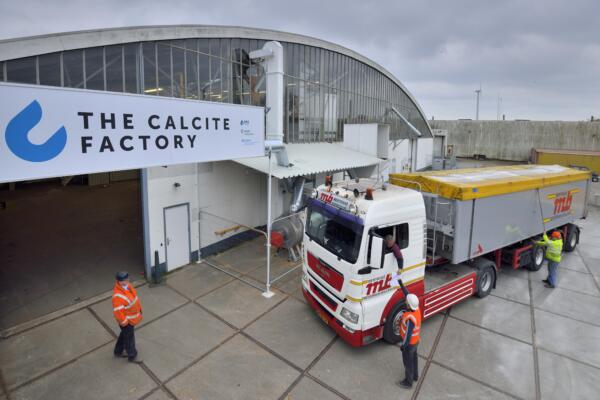Injection point & DFNS: a new creation made from recycled materials
Injection Point collaborates with partners who value sustainability or have a sustainable production challenge. The company considers in which manner they can mold products with minimal waste, continue to invest in making their factory more sustainable, and try to use recycled materials whenever possible. Circular production is an essential component of sustainable manufacturing.
The company has already worked with Dopper and Rockeees and is now adding a new collaboration to the list. Injection Point is now producing the Sneaker Crease Guards for DFNS, partially made from recycled plastic from Nike Grind. Old sneakers were the starting point for Nike Grind, the sustainability program which has allowed Nike to recycle over 58 million kilograms over the past 20 years. Injection Point is contributing to one of the most recent products, the DFNS Crease Guards, partially made from recycled plastic from Nike Grind.

"With circular production, we turn waste into valuable raw materials and new products. That's what true sustainable injection molding is all about."
- Cristel Rijnen, Director of Injection Point.
DFNS Crease Guards made of recycled plastic
DFNS Crease Guards are made of recycled plastic. Sneaker Crease Guards are a popular product. With leather sneakers, small cracks often appear on the toe box over time, especially where the shoe bends during walking. The Crease Guard is a plastic form that fits inside the shoe at the toe box, reinforcing it and preventing wrinkles from forming. To create a product that is as circular as possible, the used PP also had to come from a waste stream, but such a waste stream was not available through Nike Grind. Therefore, to supply recycled PP, Injection Point enlisted the same partner for washing the Nike Grind waste stream.
However, not every waste stream is the same. The Nike Grind waste stream is fairly reliable because it always comes from one type of product: sneakers. Other waste streams often consist of multiple products, and their composition varies. For instance, for plastic collection at home, one time, there may be more rigid plastic, for example, from drink cartons. In contrast, the next time, there might be a higher percentage of softer packaging materials such as plastic vegetable packaging.
As much material as possible for the Crease Guards should come from the Nike Grind waste stream. However, after an initial test run with this material, it was discovered that the waste stream not only consists of thermoplastics, which is necessary for injection moulding. That’s where their recycling partner – a compounder of recycled materials, came into play. Their analysis showed that the waste stream consists of TPU (thermoplastic polyurethane), EPS (expanded polystyrene), and nylon (textile).
As a result, the supplied waste stream had to be further filtered. Their recycling partner applied various recycling techniques and eventually developed a recycling method, after which the material was homogeneous enough for injection moulding.
Product design requirements and process
Injection Point was commissioned to turn the design into a product suitable for injection molding that meets the following requirements:
• Sufficient stiffness to protect the shoe• Sufficient flexibility for wearer comfort• Primary material sourced from Nike Grind waste stream• Circular use of other raw materialsThe injection mold for the Crease Guard had been designed and made in the Netherlands. This was a deliberate choice by DFNS and Nike Grind to enhance sustainably and through local production. The DFNS Crease Guards, are a circular product as they contain the highest possible percentage of Nike Grind in the final product and the remaining percentage consists of recycled streams.The design process of an injection mold does not differ when using recycled materials, but the testing phase was initiated as early as possible since recycled materials react differently than new plastics. This can lead to conflicts with the functional and aesthetic requirements of the product. In circular projects, the challenge is that recycled raw materials are not always directly suitable for the intended application. In non-sustainable projects, you select the best material for the product application, while in circular projects, the available material is the starting point and the product must be adapted to it.



